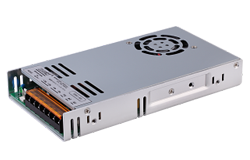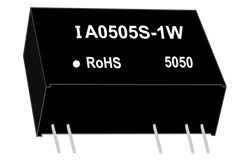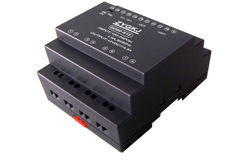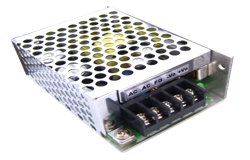About how to dc to ac converter
What is a DC to AC converter?
A DC to AC converter is a device that takes a direct current (DC) input and produces an alternating current (AC) output. This is useful for converting power from a battery or other DC source to an AC outlet for use with standard appliances. There are a variety of different types of DC to AC converters available, each with its own set of advantages and disadvantages. It is important to choose the right converter for your needs to ensure efficient and safe operation.
How does a DC to AC converter work?
A DC to AC converter works by converting a direct current (DC) input into an alternating current (AC) output. This is done by using a set of switches to create a pulsing current that repeatedly changes direction. This pulsing current is then fed into an inverter, which converts it into a usable AC current.
How to use a DC to AC converter
When you are using a DC to AC converter, there are a few things you need to keep in mind. First, make sure that the converter is the right size for your needs. If it is too small, it may not be able to handle the load, and if it is too large, it may be more than you need. Second, make sure that the converter is connected to a reliable power source. If the converter is not getting enough power, it may not work properly. Finally, make sure that you understand how the converter works and how to use it safely.







































